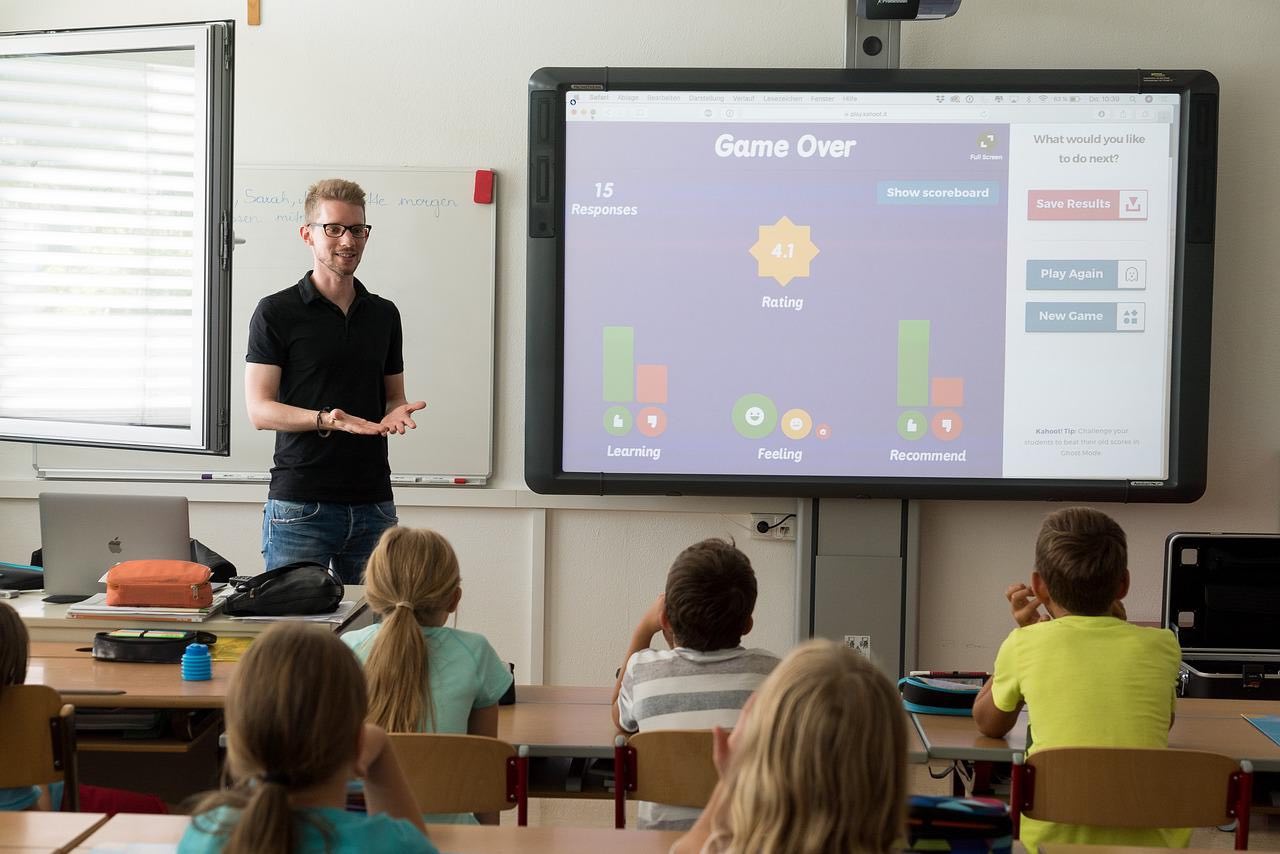As a teacher, you comprehend that teaching involves both artistic and scientific elements. A profound grasp of the content and the skill to communicate it effectively in a captivating and motivating way to your students is essential.
Nevertheless, there are also more obscure tactics that can help improve your effectiveness as a teacher. In this blog, we will examine seven new tips for a successful private online Economics tuition teaching that you may not have encountered yet.
1: Try Active Learning
If you are an experienced instructor, you may have encountered students falling asleep in class frequently. Engaging in active learning is a great method to add excitement to your instruction.
By actively involving students in the learning process through critical thinking and real-world examples, a hands-on approach helps them stay engaged, alert, and retain knowledge.
Case studies, role-playing activities, and collaborative projects are excellent strategies for active learning. You will not only engage your learners actively but also establish an enjoyable and cooperative learning atmosphere for all.
2: Opt for a Flipped Classroom
The conventional classroom may seem somewhat boring. Think about shaking things up and creating a more interactive learning environment with a flipped classroom – an innovative teaching technique that focuses on placing students at the heart of the learning process.
Rather than having lectures and taking notes, students receive educational material to review before the class. There are numerous tools and resources available to assist you in implementing the flipped classroom in your teaching.
One example of effective instructional content delivery is through pre-recorded videos, allowing learners to view them at their convenience multiple times.
3: Use Humor, but Carefully
Using humor in the classroom can effectively engage students and foster a positive learning environment. Students are more open to learning when they are calm and content.
Nevertheless, it is important to maintain the correct equilibrium with jokes. Refrain from being overly foolish or impolite, and make sure not to hurt anyone’s feelings. Adding a timely joke or funny story can help make your teachings stick with your students in a more enjoyable way.
For example, in a science class discussing matter’s properties, you might start by telling a whimsical tale about an imaginary substance with peculiar characteristics. This can capture the interest of your students and create a more engaging lesson.
4: Incorporate Movement
Studies have shown that physical activity can improve memory and learning. When students participate and show interest, they are more likely to remember information and be motivated to learn. There are multiple methods to incorporate physical activity into your teaching.
For example, you can have students demonstrate various concepts or engage in hands-on tasks. Moreover, it can be advantageous to promote intermittent pauses for students to circulate in the classroom, especially in longer classes.
Imagine you are instructing a math class about fractions. You can have your students show the concept by physically dividing a group of objects into equal parts and then putting them back together. This hands-on method can help your students better grasp and remember the concept.
5: Use Tech Creatively
Using technology creatively and effectively is crucial for effective teaching, as it can be a powerful tool. Simply displaying a video or utilizing a PowerPoint slideshow is inadequate.
You must discover methods to smoothly incorporate technology into your teachings and use it to capture the attention of your students. There are plenty of educational apps, online simulations, and other tools that can be used to improve your lessons and engage your students.
Moreover, think about using video conferencing to invite guest speakers or engage with students from diverse locations globally.
Visualize yourself giving a language lesson focused on vocabulary. One option is to utilize a tool like Quizlet, an interactive app, to make flashcards for your students to study the words. This hands-on method can enhance the learning experience, making it more interesting and fun.
6: Build Various Connections between Subjects
Numerous students find it challenging to recognize the links between varying subjects. Nevertheless, assisting them in forming these connections can enhance their comprehension and recognition of the subject matter.
It enhances skills across disciplines like critical thinking and problem-solving. So, incorporate cross-disciplinary activities and discussions into your lessons to establish connections between subjects. Inspire students to examine subjects from various angles, such as by delving into literature about a historical occurrence or evaluating data from a scientific test.
Imagine you are giving a social studies class on the Civil War. Assign your students to read a novel set in that time and have them examine how the characters’ experiences mirror larger historical themes. It aids students in understanding the relationship between literature & history.
7: Focus on Real-World Applications
Numerous students find it difficult to understand the importance of their classroom learning. Yet, highlighting the practical uses of the material can aid in comprehension of its significance and spark more drive to acquire knowledge.
Emphasize the real-world applications of the material being taught and invite guest speakers or arrange field trips to showcase its practical use outside the classroom.
Picture yourself instructing a science class on genetic principles. Ask your students to investigate how genetics contributes to a certain illness, like sickle cell anemia, and share their discoveries with the class. This demonstrates the practical application of genetics to enhance healthcare outcomes and prevent fatalities.







